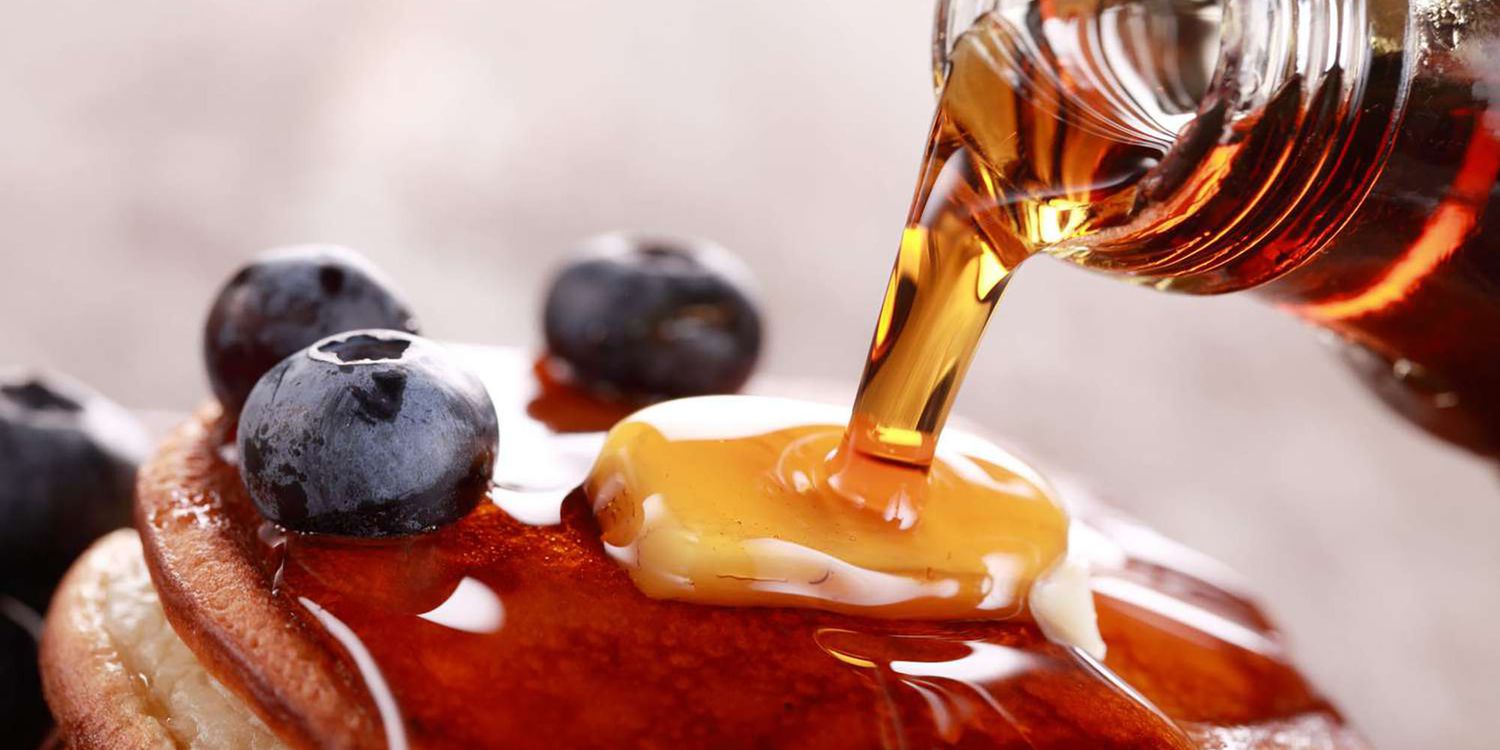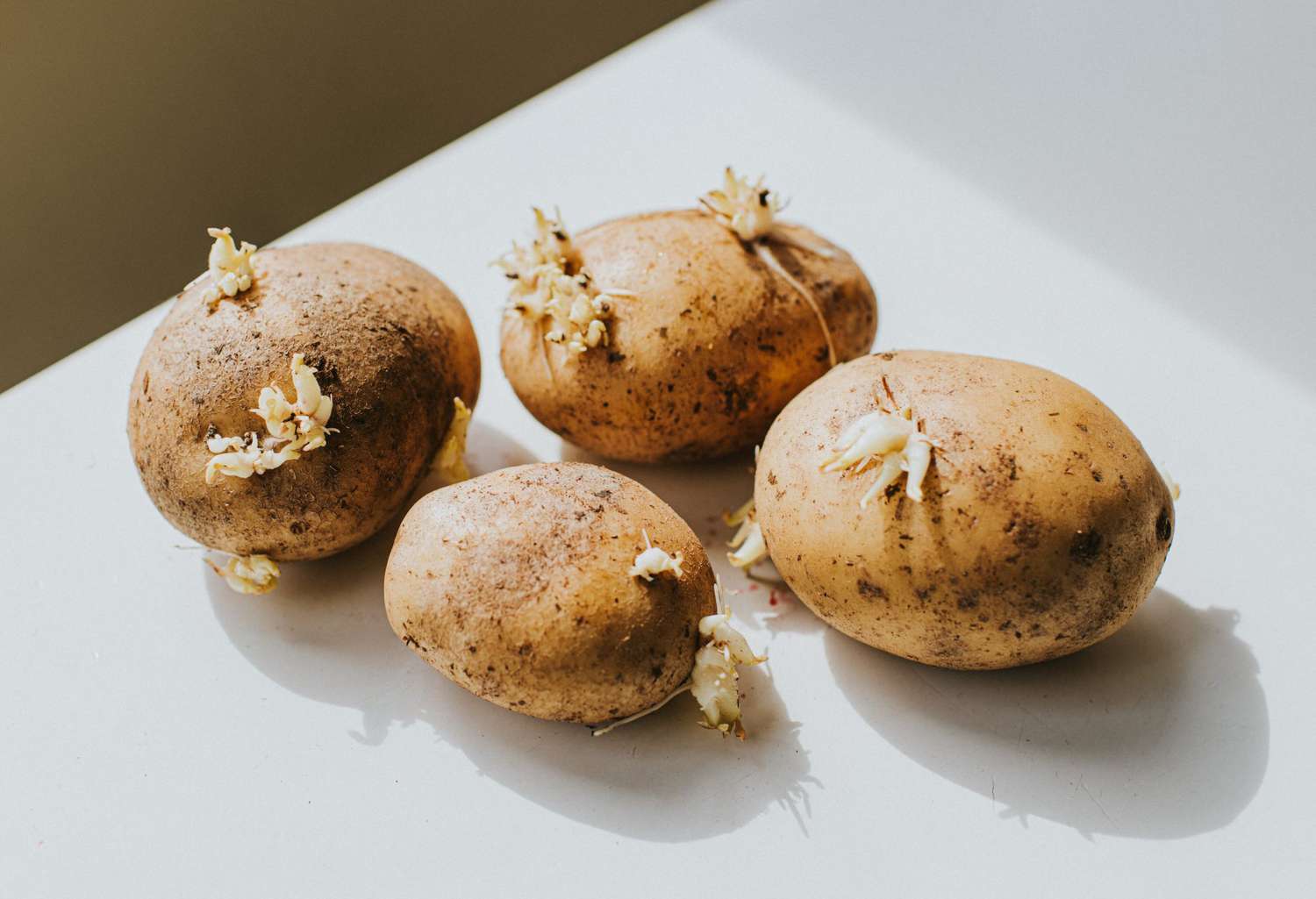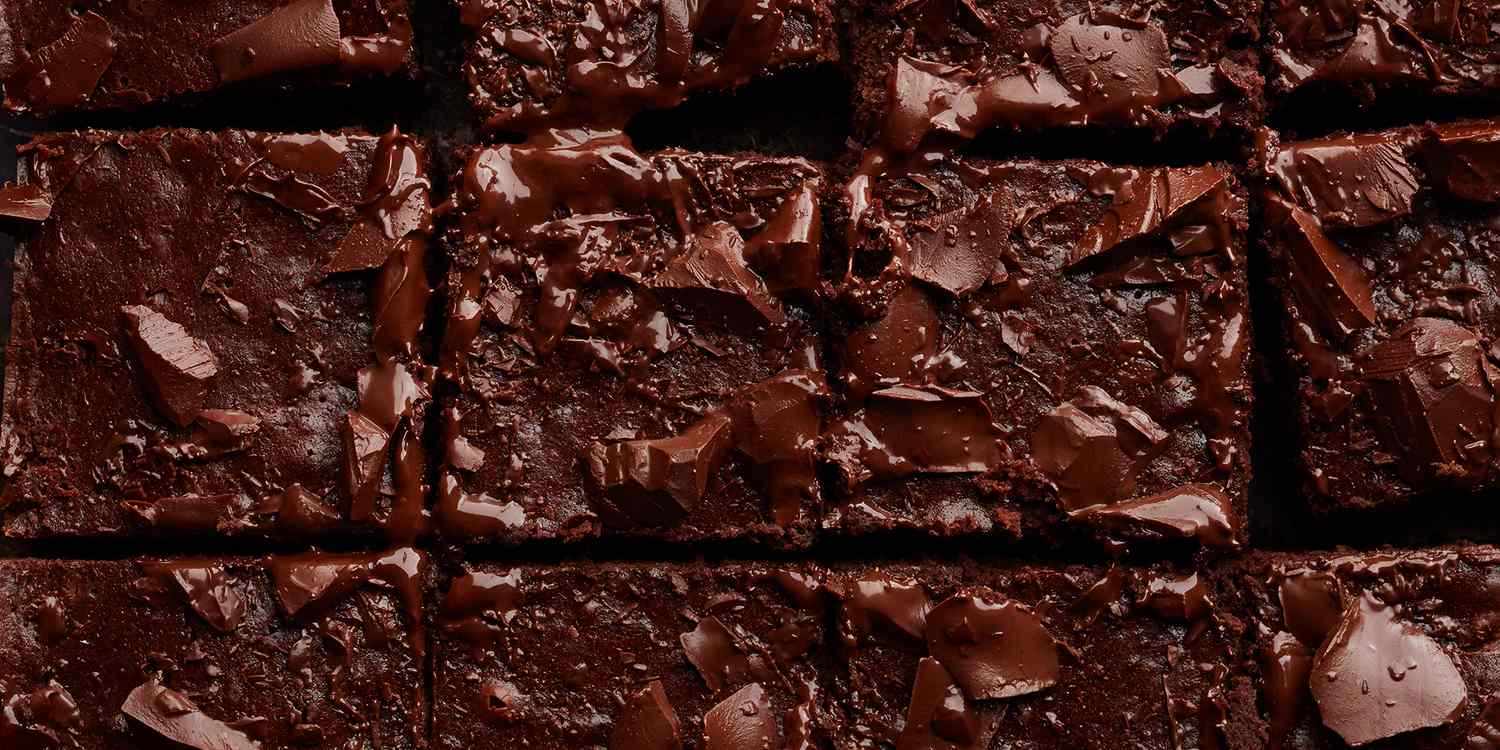It’s officially fall and the release of autumnal flavors abounds! Companies are starting to release their autumn products and so many of them are maple-flavored, but did you know that maple harvesting season, or “sugaring” season as we call it up north, doesn’t happen in the fall? It’s actually harvested in the spring.
How Is Maple Syrup Made?
Believe it or not, maple syrup doesn’t just pour out of the trees the way you find it in the store. Pure maple syrup is maple tree sap that’s been boiled down from about 50 gallons of sap to just 1 gallon of syrup. In each 6- to 8-week harvesting season that takes about two trees worth of sap (20 to 25 gallons of sap come from each tree each season) to make just 1 gallon of maple syrup.
Why Is Maple Harvesting Season in the Spring?
The weather is the main factor that comes into play in order to collect the sap from the trees. For sap to flow, you have to be in a freeze/thaw cycle where temperatures are below freezing at night, but warm back up to above freezing during the day. This causes pressure changes inside the tree that allow it to flow. Steve Palmer of Shelburne Sugarworks, a maple producer in Shelburne, Vermont, describes it as “replenishing and refilling the vessel.”
The freezing temperatures at night cause negative pressure in the tree, essentially turning it into a vacuum so that it sucks up water from the roots into the tree. On its way in, that water gathers sugars stored in the tree, then during the day when the temperatures come back down and the gasses in the tree begin to thaw, positive pressure forms. To release the pressure, that water (now sap) is pushed out of weak points in the tree, which in this case is the tap the maple producer has put in place to collect the sap.
Palmer points out that even though there are also freeze/thaw cycles in the fall, they are not as regular and predictable as they are in the spring. But that’s not the only reason most producers don’t harvest sap in the fall, it’s also because the sap on average has a lower sugar content than it does in the spring.
Mark Isselhardt, Maple Specialist with the University of Vermont Extension based out of the Proctor Maple Research Center, has a good analogy for why that is. “Basically what we are harvesting is a small portion of the tree’s stored energy,” he says.
What Happens Inside the Maple Trees
We all know trees use photosynthesis to survive. The leaves create sugar, which the tree turns into starch to store for later use. In the winter when the tree doesn’t have leaves, it converts that stored starch back into sugar for energy, and this sugar in the tree’s cells is what’s collected when the water is vacuumed up into the tree to create that sap. But in autumn, the trees haven’t converted as much of that stored starch back into sugar as they have in the spring.
Isselhardt compares it to banking saying, “The analogy is like personal banking. Sugar is like the tree’s checking account or cash, and then starch is like the tree’s savings account. And so the tree can’t really spend money out of its savings account, it has to convert it into cash first.”
So not only do you not have as good of a chance of getting sap to consistently flow in the fall, but also the sap you can collect will have a lower sugar content meaning you will have to boil it down even more than you would in the spring, leading to a lower maple syrup output overall.
Isselhardt also points out the hassle of having taps and sap lines up in the fall versus the spring. “You are going into a freezing season rather than exiting one,” he says. “It just functionally makes it difficult … all of your lines freeze up more frequently … Everything is just getting harder and harder to work with rather than getting easier and easier, which is what we see in the spring.”
The Bottom Line
While maple syrup’s harvesting time is actually in the spring rather than the fall, we still love the bounty of maple-flavored products that become available each autumn season. The flavor of maple syrup plays well with other fall flavors like squash, cinnamon, pumpkin, etc. And as Isselhardt puts it, “[People] think about maple as a fall flavor not because that’s when it’s produced, but because … you’re looking at the same trees that we produce sap with in the spring, but they’re changing colors now.” So the next time you go on a leaf-peeping road trip, make sure to grab a maple latte for the ride.




